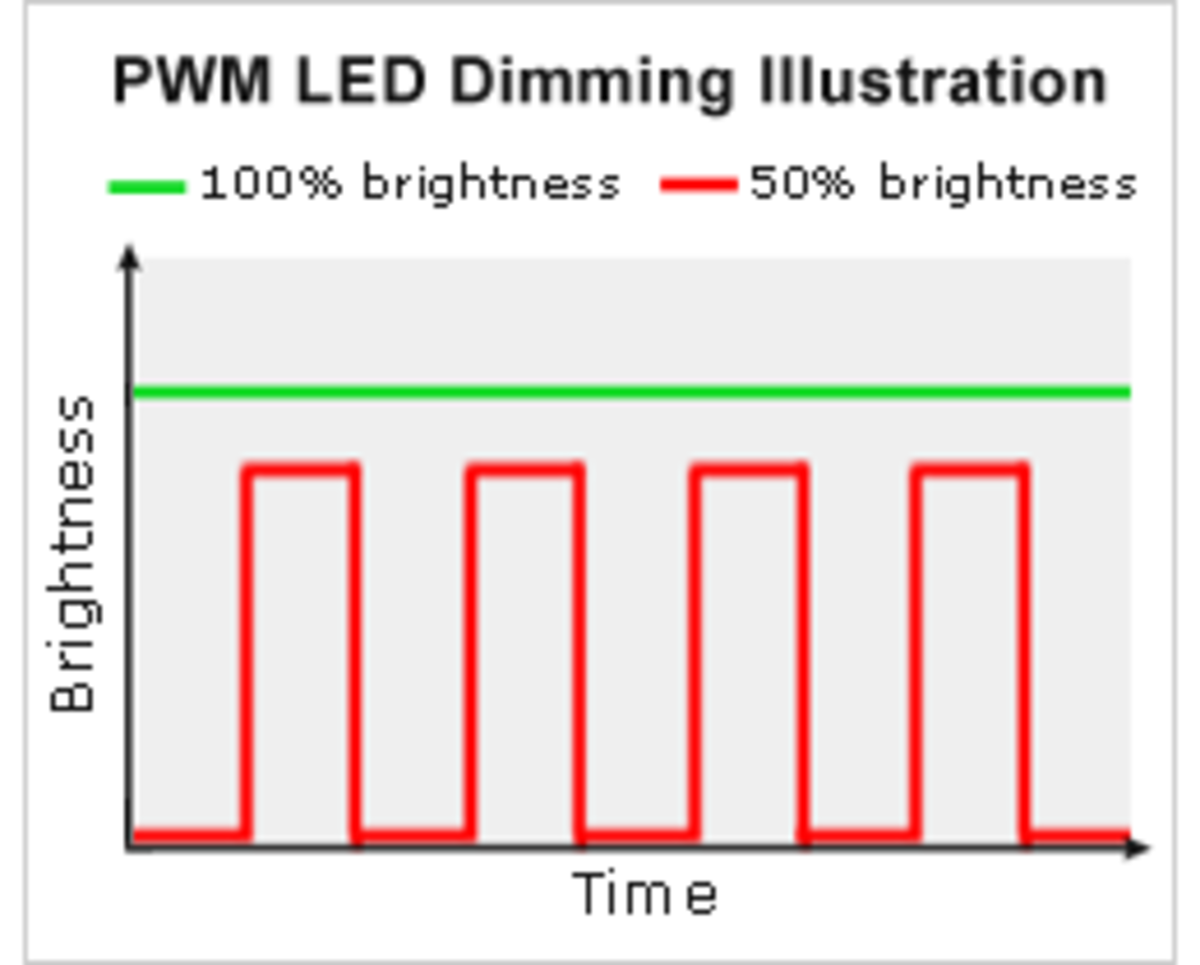Journal Article Analysis:“Hourly rounding and patient falls" by Goldsack et al (2015).
The paper under review, “Hourly rounding and patient falls: What factors boost success?”, is written by Goldsack et al (2015). The authors attempt to describe a patient-centered program of hourly rounding including its historical development, how it has been implementation and evaluation processes. The publishing source of the study is a platform that is frequently used by nursing professionals and is therefore peer-reviewed and one which can provide some form of efficacy and proper professional discourse.
This hub critically evaluates the work of Goldsack et al in “Hourly rounding and patient falls” while also gauging its relevance in the medical field including its strengths and weaknesses. The paper will try to offer an objective perspective regarding this study and also provide opinions where the study has limitations.
The problem statement tries to delve into the issue of how hourly rounding by medical staff can help reduce the rate of patient falls in hospitals that are persistent and pervasive in all hospitals. The hypothesis aims at adopting effective methodologies to help reduce patient falls and call bell rates in hospitals especially for critically ill patients. This had the objective of determining the impact of patient-centered hourly rounding on patient falls as part of a project improvement that utilizes a Lean Six Sigma. The authors adopted a multi-factorial approach as an intervention measure in fall prevention processes.
The problem statement and the purpose and objectives of the investigations were easily identifiable given the fact that the topic of the paper and its background introduction addressed the issues effectively. First and foremost, the study had the objective of reducing the fall rate of patients in hospitals by the employment of hourly rounding in a Lean Six Sigma process improvement project which is considered to be a better system to implement when it comes to streamlining business processes and eliminating waste Villanova University (2016).
The study also identified various variables that were to be evaluated in ascertaining the level of success of the study. The variables included independent variables like the patient-centered proactive hourly rounds while the dependent variable were patient falls and call bell rates. These variables were operationally defined because the hourly rounds were measured by various statistical instruments while patient falls and call bell rates are measured by the number of falls per 1,000 days. A summary of the current knowledge is based on quite a number of quality sources that were reviewed. The study found out that patient-centered-proactive hourly rounding program, where leadership and front-line staff were positively engaged in unit and program design significantly reduced inpatient fall rates in an adult medical unit alongside the use of call bell use. However, the strategy does not prove to be an effective fall prevention intervention strategy in the absence of leadership engagement, program development with unit champions and front-line staff.



